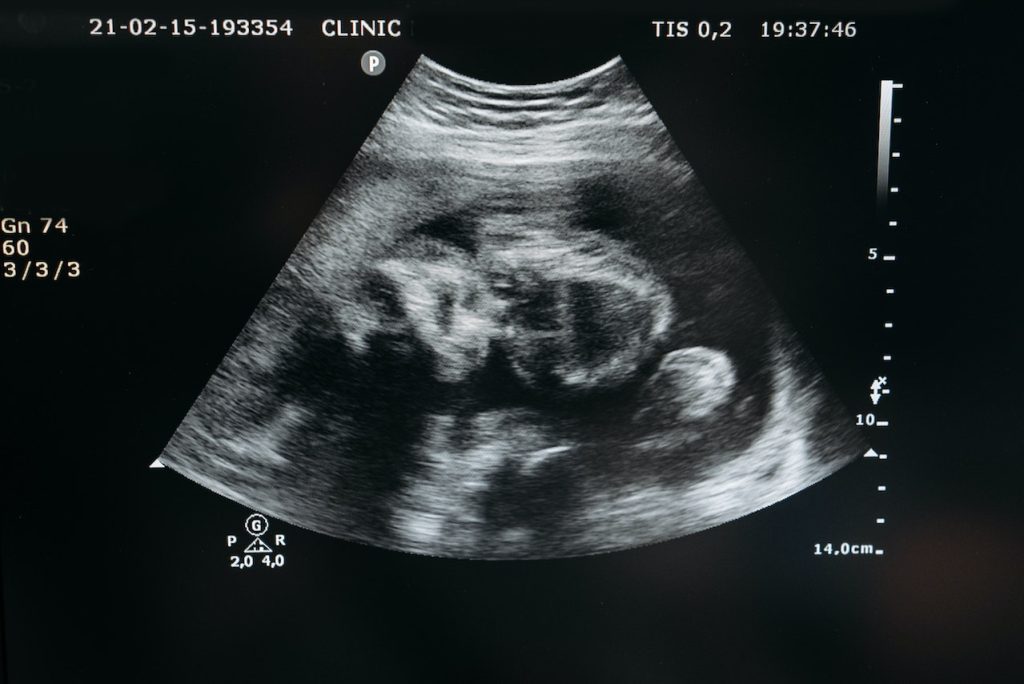Private Equity Firms Acquire Medical Practices and Squeeze Them for Profit

New research has found that private equity firms that acquire physician-owned medical practices seem to be imposing measures to squeeze out more profits. After their acquisition by private equity firms, the clinics saw more patients and billed more for visits among a large, commercially insured population, according to a study published in JAMA Health Forum.
Researchers from Oregon Health & Science University and other institutions examined a total of 578 US physician practices specialising in dermatology, gastroenterology and ophthalmology that were acquired by private equity firms from 2016 to 2020.
“The reason this is of concern to patients and policymakers is that private equity is often driven by profit margins of 20% or more,” said senior author Jane M. Zhu, MD, assistant professor of medicine in the OHSU School of Medicine. “To do that, they have to generate higher revenues or reduce costs. Increasing private equity in these physician practices may be a symptom of the continuing corporatisation of health care.”
While it is unclear whether these practices hurt clinical outcomes for patients, the findings raise concerning parallels with the rapid growth of private equity acquisition of nursing homes and hospital systems.
“Private equity investment in nursing homes has been associated with an increase in short-term mortality and changes to staffing,” the authors wrote, citing previous research.
In the new study, researchers found an increase in the overall number of patients seen in these clinics. The study also reviewed commercial insurance claims data that showed an increased share of visits longer than 30 minutes, even though the complexity of cases remained similar to cases prior to being bought out.
“These billing patterns could mean more efficient documentation of services provided, or it could mean upcoding or up-charging insurance companies to make more money,” Asst Prof Zhu said.
She believes more evidence is needed about how private equity impacts practice patterns.
Recently, the same study team found that ~5% of US physicians are currently employed by private equity-owned practices. Researchers cited quality of care and patient satisfaction as key areas for future research as this trend continues.
“Private equity ownership of physician practices has added a distinctly private and market-driven influence to the broader trends in corporate consolidation of physicians by health systems and insurers,” they concluded. “This study contributes evidence for potential overutilisation and higher spending of care that will be important for policymakers to monitor.”





